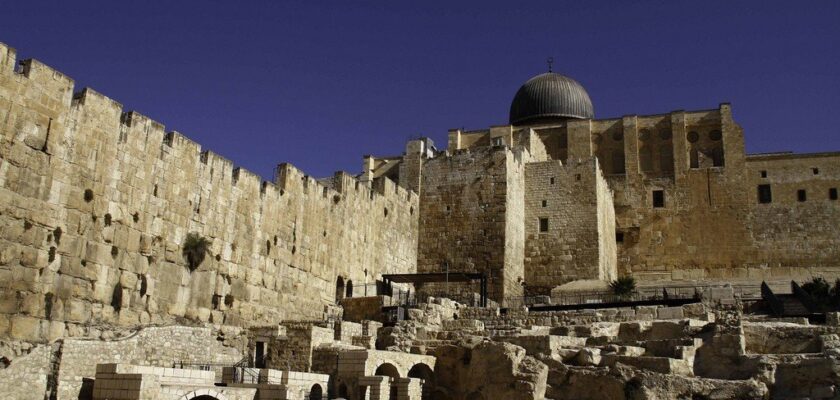Al-Aqsa Mosque
Al-Aqsa Mosque is a large Muslim temple in Jerusalem and one of the most revered shrines of Islam. It stands on the Temple Mount, the most elevated part of the Old City. Together with the Dome of the Rock Temple (Qubbat al-Sakhra), the Al-Aqsa Mosque (Al-Masjid al-Aqsa) forms the majestic Haram al-Sharif religious complex. There is confusion in many tourist guides, and the shiny gold vault of the neighboring mosque, the Dome of the Rock, is mistaken for Al-Aqsa.
.Al-Aqsa Mosque has a centuries-old history. It was erected as early as the 7th century. In Arabic, its name means “distant mosque”. Al-Aqsa Mosque is 80 meters long and 55 meters wide. The inner space of the Muslim shrine can accommodate up to five thousand believers. Several Islamic religious figures and prophets are buried here.
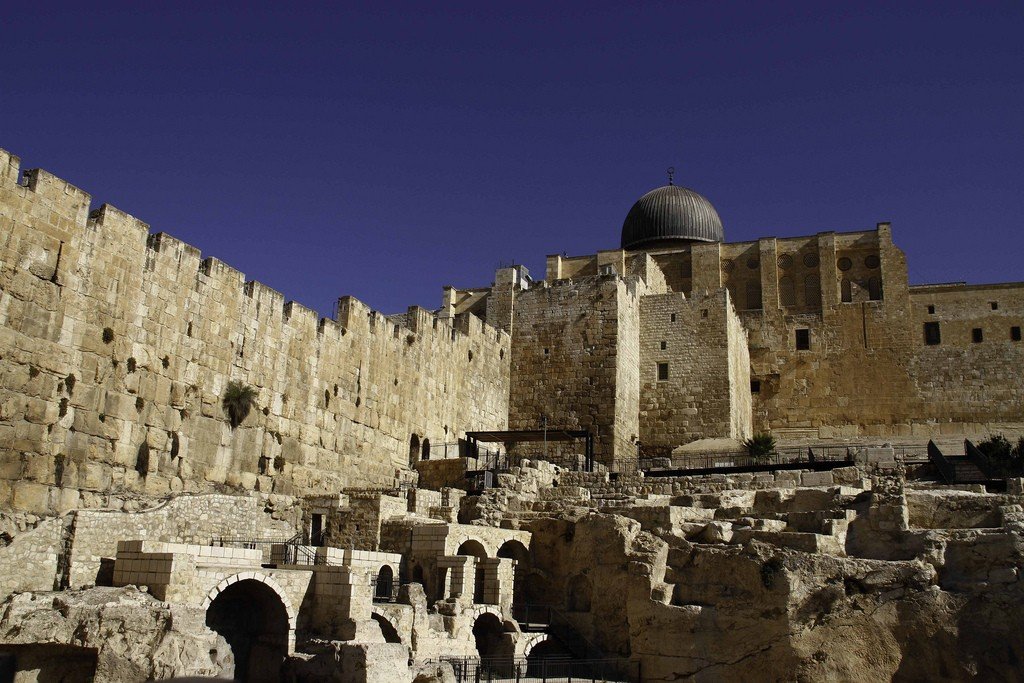
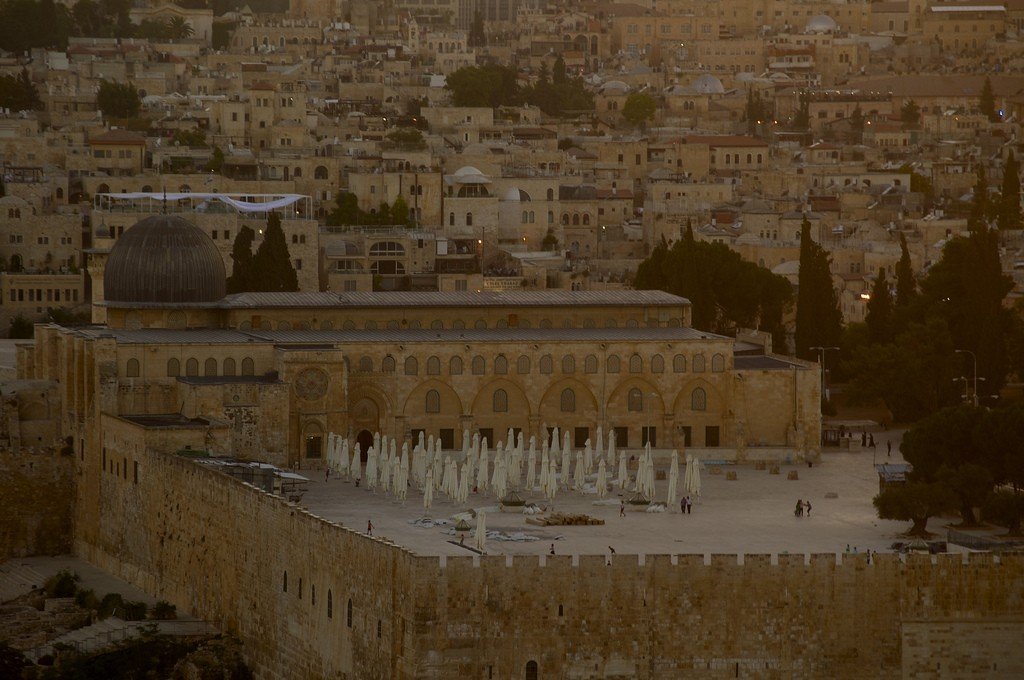
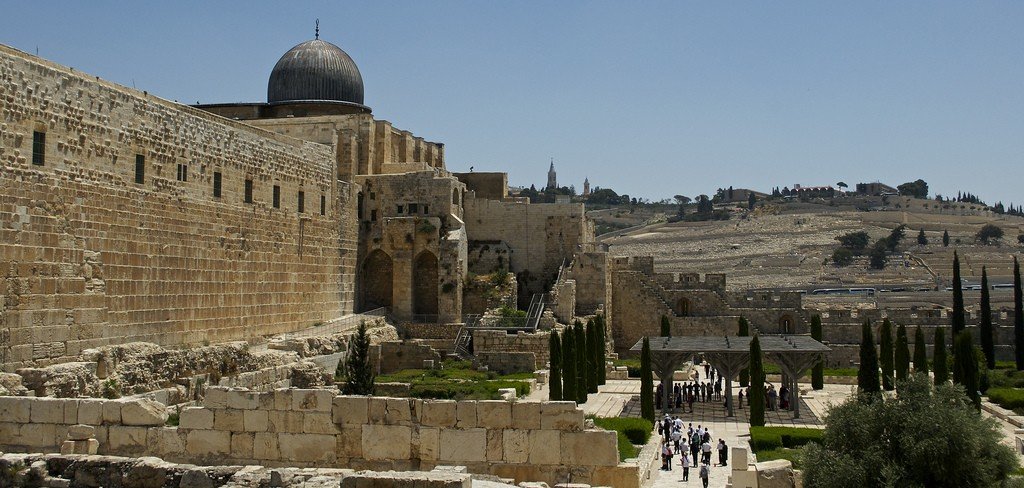

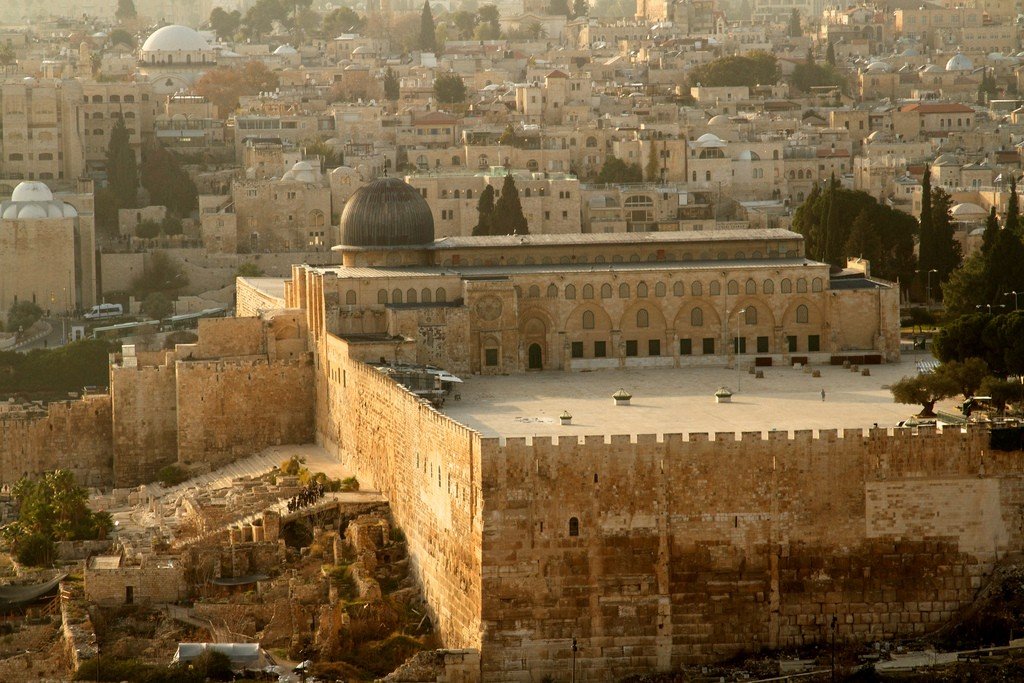
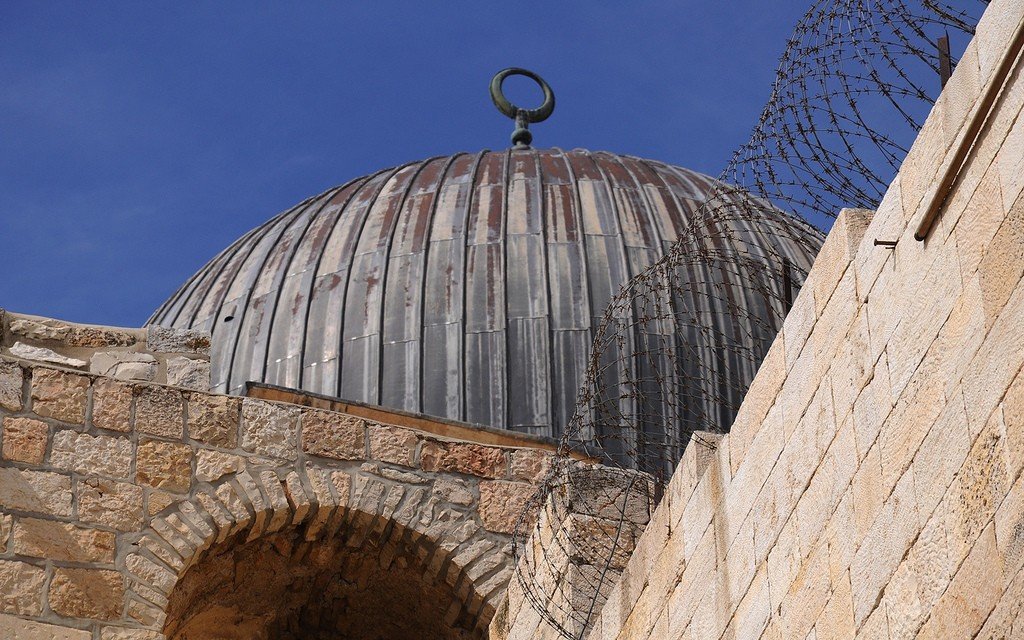
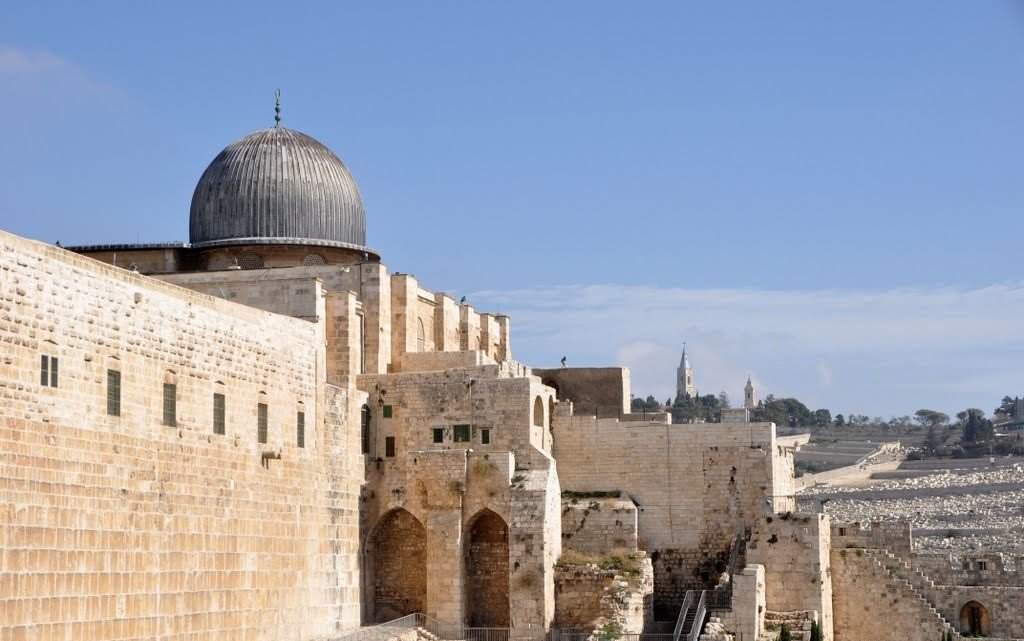
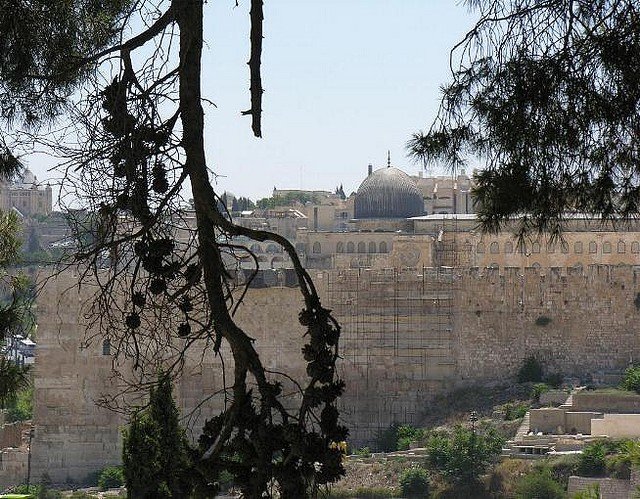
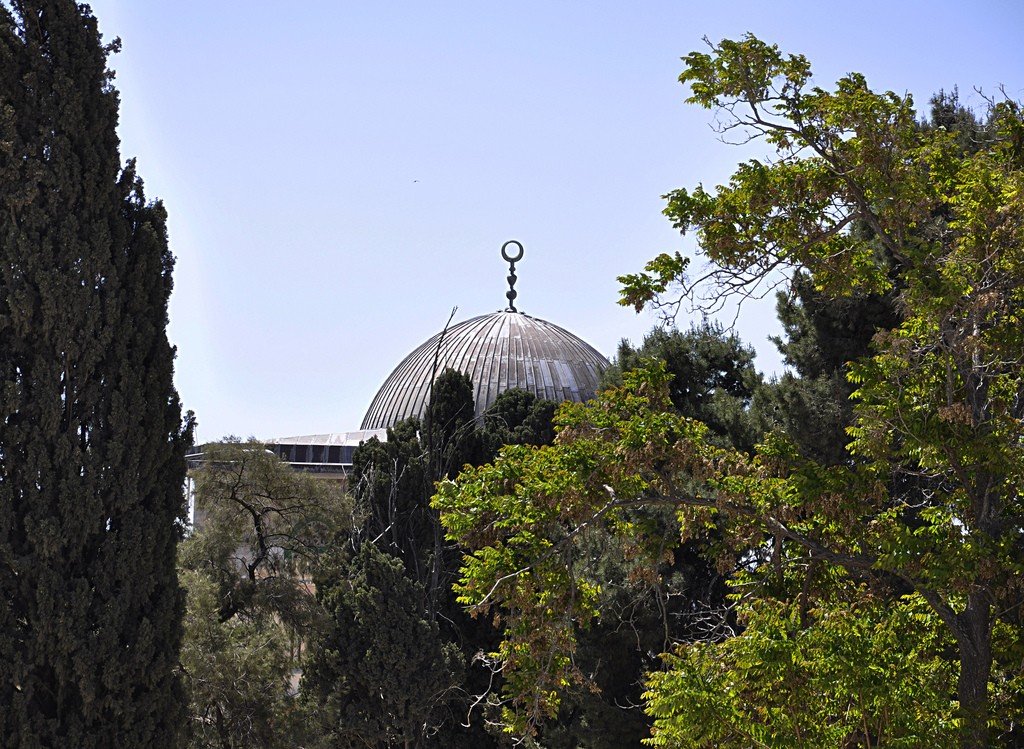
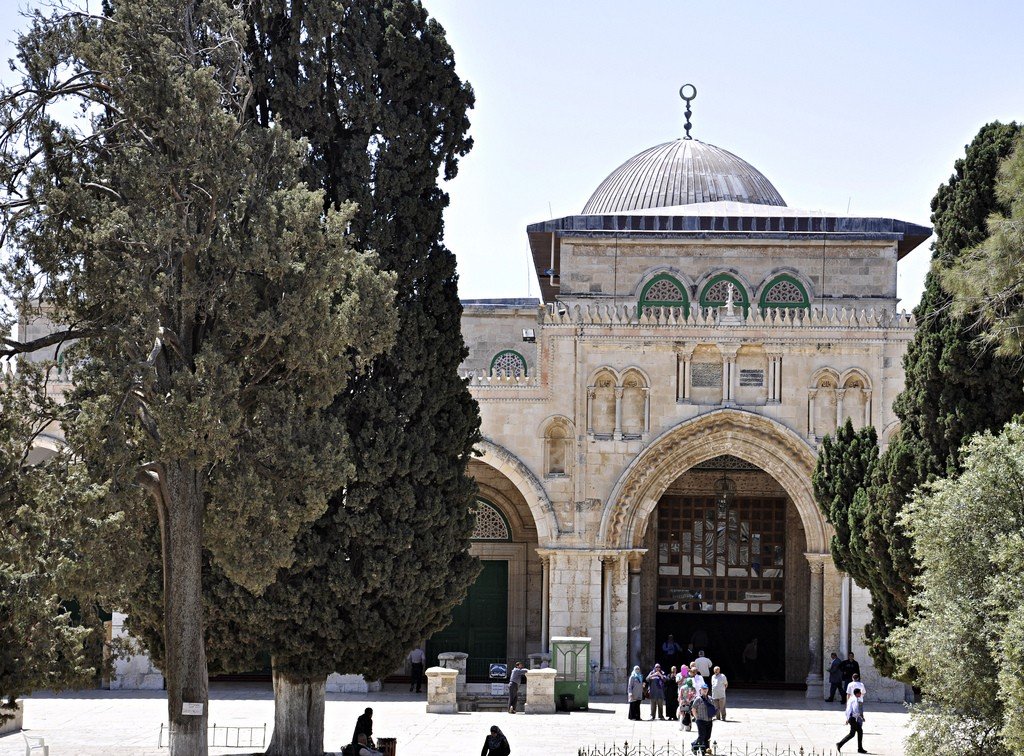
- Highlights
- History of Al-Aqsa Mosque
- Features of the architecture and interiors
- Useful information for tourists
- How to get there
Highlights
Al-Aqsa Mosque has the religious status of being the third holiest shrine in Islam. Only the al-Haram Mosque in Mecca and al-Masjid al-Nabawi, or the Prophet’s Shrine, which stands in the city of Medina, are revered by Muslims more than it. The Jerusalem shrine served as the first qibla for all adherents of Islam, that is, the direction toward which they turn when performing namaz. Later, Mecca was chosen as the qiblah.
.Muslims believe that Muhammad was miraculously transported to this place from Mecca and ascended to heaven from a stone cliff on the mountain. Along with other Muslim shrines in the ancient city, the Al-Aqsa Mosque is under the care and supervision of the Jordanian government. The two countries came to this agreement back in 1994.
.
History of Al-Aqsa Mosque
The first temple in this part of the Old City was built by order of Caliph Omar (Umar) ibn al-Khattab in 636, so it is sometimes referred to as “Omar’s Temple”. At first, the Al-Aqsa Mosque was a small house of prayer.
.
After 41 years in Jerusalem there was a strong earthquake, which completely destroyed the temple. But Caliph Al-Mansur found funds and laborers and the shrine was rebuilt in 754. Numerous reconstructions in the construction of the temple were made under the successor of Al-Mansur Caliph Al-Mahdi (780). A building erected in the first half of the 11th century, during the reign of Ali al-Zihir, has survived to this day. It replaced an old building that was badly damaged in a powerful earthquake in 1033..
In 1099, Crusader troops captured the ancient city. They began to use the mosque building as a Christian church, the Temple of Solomon. In addition, the Jerusalem king Baldwin II gave part of the premises of the former Muslim temple to the Templar order. Here lived knights, and also stored weapons and armor. For their needs, the Templars added a long gallery on the west side of the temple. They called their residence in Jerusalem “Solomon’s Court”. The large basement where horses were kept during the time of the Knights Templar is still called “Solomon’s Stables.”
.
When Sultan Saladin (Salah al-Din) took possession of the city, Al-Aqsa was rebuilt as a mosque. By order of this ruler, all traces of the Christian presence on the Temple Mount were destroyed.
.
Features of architecture and interiors
The hemisphere of the large dome rises 17 meters above the floor. From the inside it is lined with mosaics, and from the outside it is covered with sheets of gray lead. The walls of the temple are decorated with white marble slabs at the bottom and mosaic patterns at the top.
.Inside, the Al-Aqsa Mosque is divided into several naves or extended galleries. The grand gallery, located in the center, is supported by arched ceilings and slender columns made of marble. On either side of it are three smaller naves. A separate door leads to each of them from the northern facade. In addition to them, the Muslim temple has four other entrances: 1 from the east, 2 from the west and 1 from the south.
.Useful information for tourists
The Al-Aqsa Mosque is open to everyone regardless of religion. Tourists are asked to dress in modest clothing and keep quiet, showing respect for the feelings of believers. Women and men are not allowed to touch each other, even if they are in a marital relationship. One must take off his or her shoes before entering the building.
The Temple Mount can be accessed in winter from 7.30 to 10.30 and 12.30 to 13.30, and in summer from 8.00 to 11.00 and 13.15 to 15.00. No smoking is allowed here, and no video or photography is allowed inside the Al-Aqsa Mosque..On Fridays and public holidays, only Muslims are allowed on the mountain. Both temples and the Museum of Muslim Art can be visited with a single ticket, which costs 30 shekels.
.
How to get there
Al-Aqsa Mosque stands 600 meters southeast of the Church of the Holy Sepulchre. Access to the Temple Mount for tourists is only possible through the ancient Maghreb Gate near the Wailing Wall. You can get here by buses #1, 3, 3K, 5, 43, 51, 76, 76A, 111 and 764.
.